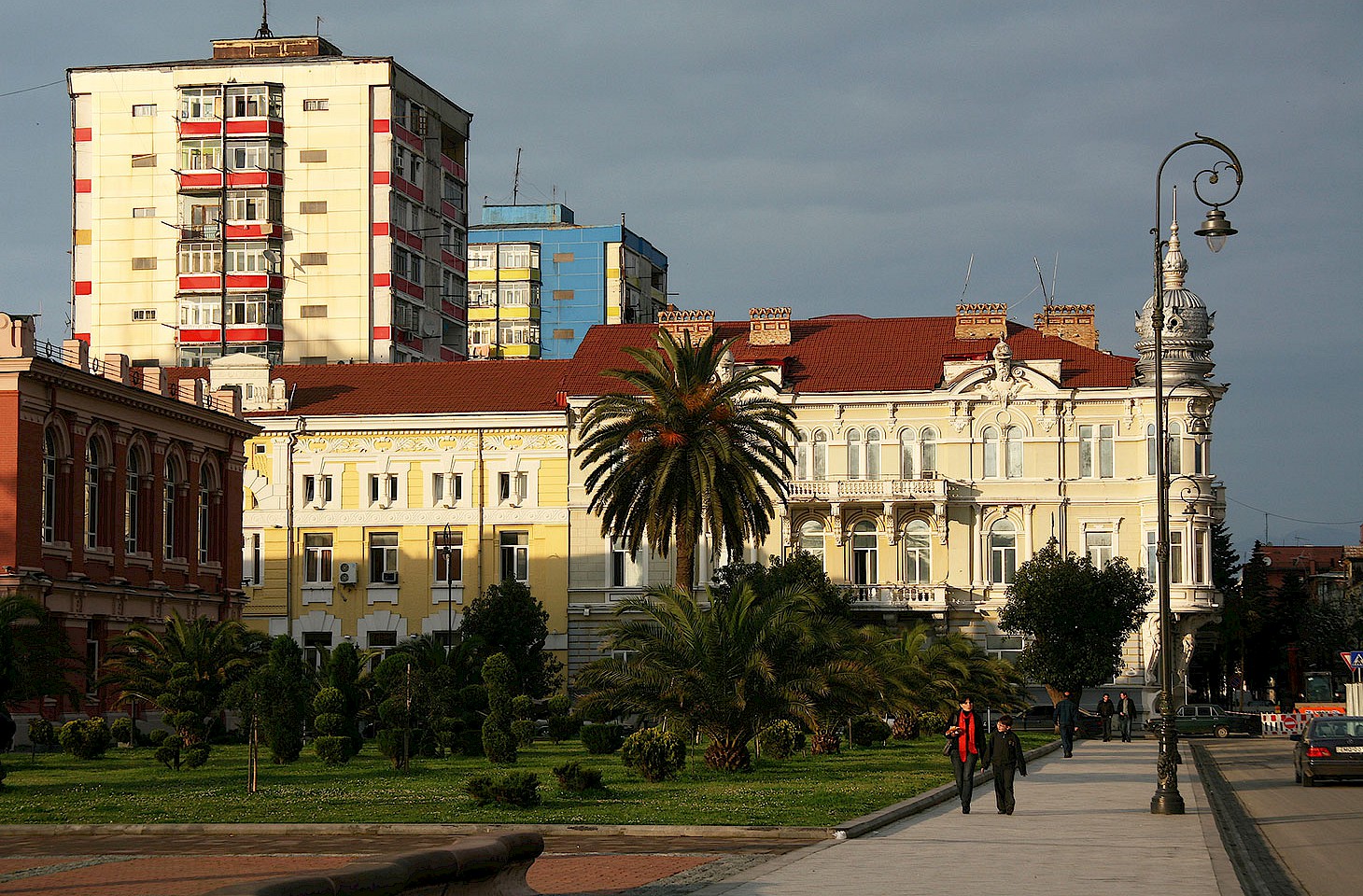The drive along the upper part of the Duddon Valley is one of the finest that England has to offer. From Cockley Beck, the single track road hugs the bank of the River Duddon, climbing slowly up towards Wrynose Pass. This is one of Europe’s great mountain drives, best undertaken late on a March afternoon when the setting sun behind you casts a reddish hue over the snow-covered hills to the east. The steep slopes of Pike o’Blisco away to the north, Tilberthwaite’s stern fells to the south and a thin thread of tarmac ahead, zigzagging up a formidably steep gradient to the summit of Wrynose Pass.
Few motorists who drive this route neglect to pause at the summit. The view back down into the Duddon Valley is delectable, while the vista east into Little Langdale is equally inviting. Yet the feature that many remember is not the view but the stone that stands by the side of the road at the top of Wrynose Pass. It is an unassuming column that marks the point where three historic English counties conjoined and shared a common tripoint. The Three Shire Stone is no great work of art, and marks no modern county boundary. Yet, as the sole point on the planet where the historic counties of Cumberland, Westmoreland and Lancashire once intersected, this modest monument commands a certain respect. That Cumberland and Westmoreland were disestablished in 1974 adds a little poignancy to the spot.
These things matter in an England that has a lingering affection for the old counties that were swept away in the reckless redrawing of county boundaries that left the Three Shire Stone redundantly stranded in the middle of upstart Cumbria. Lancashire survived the reorganisation, but the bureaucrats trimmed its northern border. The territory north of Morecambe Bay all fell to Cumbria, depriving Lancashire of the Furness fells. In the new cartographic piety, the Three Shire Stone is a ghost of the past, a reminder of an England long gone. When an errant motorist crashed into the stone in 1997, smashing it into several pieces, the Three Shire Stone was promptly replaced. Everyone loves a border, and the fact that the stone recalled a lost frontier just made it all the more appealing.
Borders as cultural assets
The value of borders is not lost on the authorities whose job it is to promote tourism across Europe and beyond. The former frontier between the erstwhile two German states bristles with museums and monuments that recall the old border that marked the Cold War divide between two Europes: NATO territory to the west and the Warsaw Pact nations to the east. Over two dozen museums recall this border, with the newest addition to this galaxy of attractions opening in late 2010. At Probstzella, a station on the main rail route from Berlin to Munich, visitors can now relive the experience of entering and leaving East Germany in the tense days when Probstzella was right on the frontier with Bavaria. For travellers on the transit trains to West Berlin, Probstzella was a first encounter with the East, a place where rail passengers sat nervously in carriages fidgeting with their passports while East German border guards patrolled the train.




